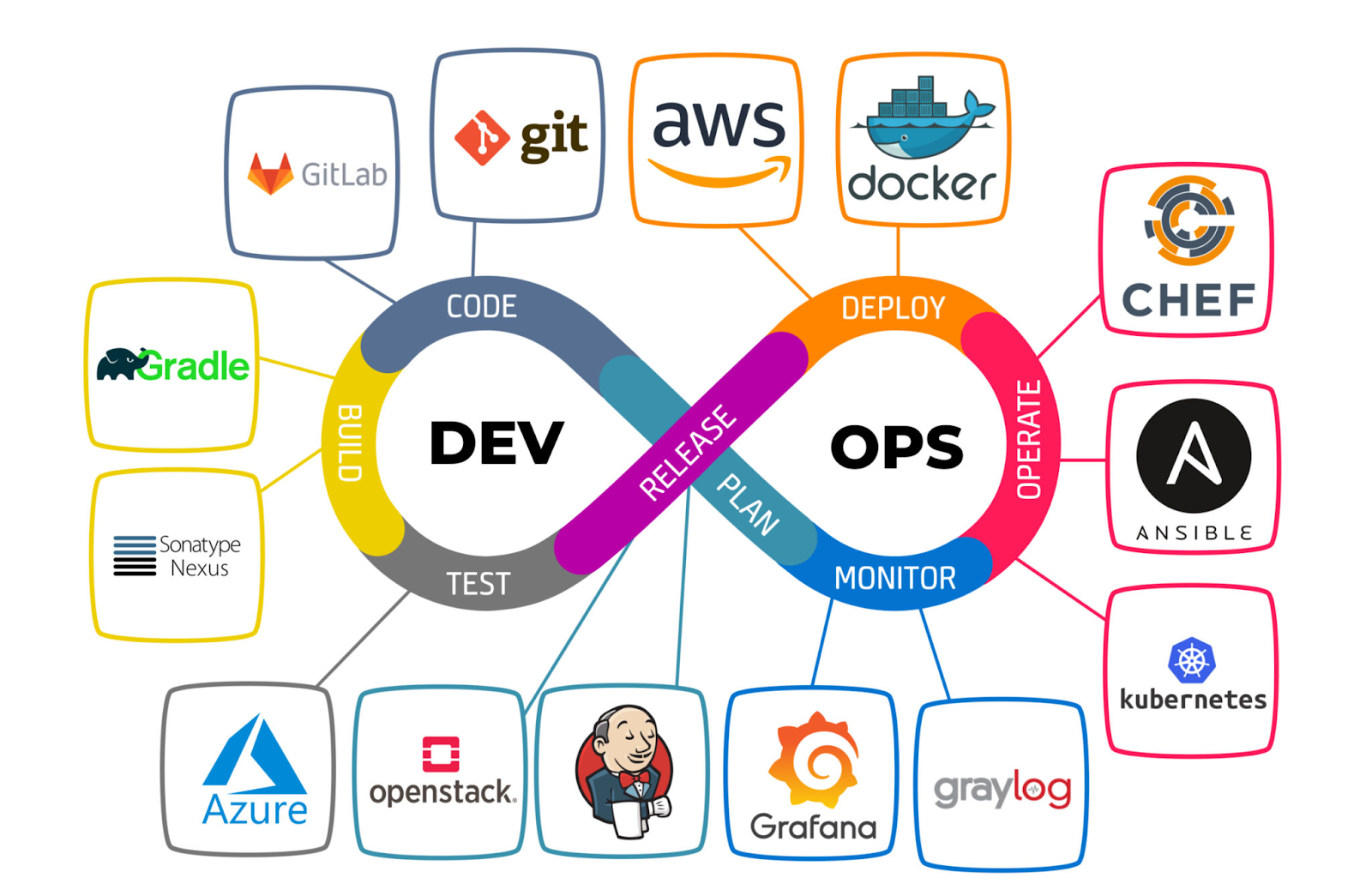Agentic AI - Guardrails
Agentic AI refers to AI systems that can autonomously plan, decide, and act—interacting with tools, APIs, and environments without constant human oversight. Guardrails are essential to ensure these agents operate safely, ethically, and within defined boundaries.
🤖 What Is Agentic AI?
Unlike traditional AI that passively generates responses (e.g., chatbots or classifiers), Agentic AI systems are active participants in workflows. They can:
- 🔍 Search and retrieve internal or external data
- ⚙️ Trigger workflows or automate multi-step tasks
- 🧠 Make decisions based on goals and context
- 🧾 Write or modify code, schedule events, or make purchases
- 🔗 Interact with APIs, databases, and other systems
⚠️ Why Guardrails Are Critical for Agentic AI
Because agentic systems can act independently, they pose greater systemic risk than traditional AI. Without proper controls, they might:
- 🕵️♂️ Access sensitive data unintentionally
- 🧨 Trigger unauthorized actions (e.g., deleting files, sending emails)
- 🧠 Hallucinate decisions that lead to real-world consequences
- 🔁 Cascade errors across systems or workflows
- 🧬 Amplify bias or misuse tools in unpredictable ways
We will use an open source Agentic AI guardrail tool called "Guardrails AI".
Guardrails AI is a framework that helps you add validation, safety, and structure
to the inputs and outputs
of large language models (LLMs) like OpenAI’s GPT.
It acts as a middleware layer that ensures your LLM responses are reliable,
safe, and aligned with your application’s requirements.
In the below example, we are going to create a guardrail for an AI Agent which process automatic refund.
The guardrail says that the AI Agent can refund maximum of 100$ per transaction.
"refund_data" is a dictionary containing list of customer name and their refund amount.






Comments
Post a Comment